
 Apulia (Italy) 2012
Apulia (Italy) 2012
In September 2012, my MSc student Marily Mensink and I carried out a two-week paleomagnetic sampling campaign in the Apulian platform of southern Italy, with help from my post-doc Marco Maffione, and our colleagues from the University of Bari: Luigi Spalluto and Marcello Tropeano. Based on previous paleomagnetic work as well as tectonic reconstructions of the central Mediterranean region, claims have been published that the Apulian platform has been part of the African plate since the Jurassic, has rotated clockwise, or has rotated counterclockwise relative to Africa at different periods since the Jurassic. We have collected paleomagnetic samples from 12 intervals spanning the lowermost Cretaceous to the upper Miocene with the aim of constructing a high-precision apparent polar wander path of Apulia and settle this debate. Below you find an impression of the fieldtrip.

Marily Mensink, MSc student at Utrecht University
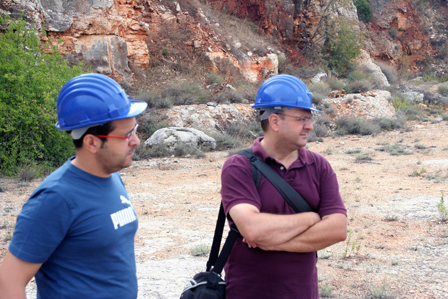
Luigi Spalluto (left) and Marcello Tropeano, our colleagues from the University of Basi who showed us around and tought us the regional stratigraphy of Puglia

...and me
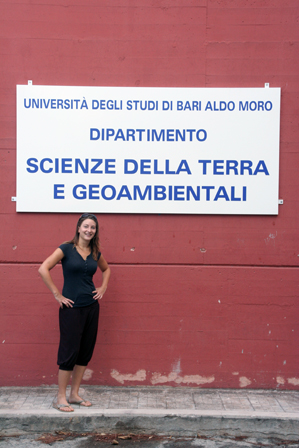
First stop: University of Bari, to get our sampling targets organized

Excursion day: which quarries can be sampled without permits...
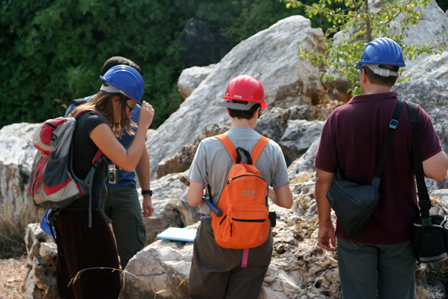
Studying rudist limestones...

These are rudist limestones. Rudists lived in the Cretaceous and are bivalves that formed reefs. The Apulian platform contained numerous reefs, built from these creatures, but also coral reefs (see pictured below)

During a period of relative sea level low-stand, the platform became eroded and bauxite soils formed, such as this deposit from the Turonian stage (Cretaceous). Bauxite is an aluminium ore.
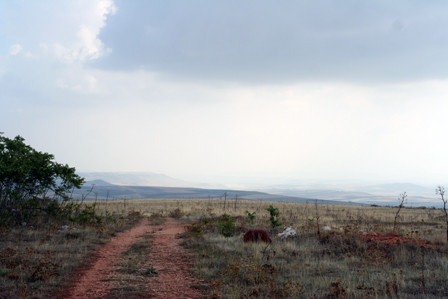
The point of this picture is the sudden topography jump in the distance: the Apulian platform is subducting below the Apennines (or has done so until quite recent times). The major topography jump in the distance represents a normal fault related to bending of the African plate (to which Apulia belongs) into the subduction zone.
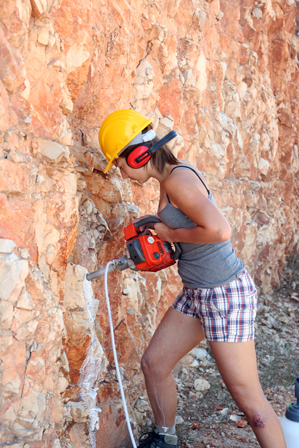
Drill time!

All terrane rental. Why do I always get a white car when we're gonna do muddy stuff...

Marily, wondering why we didn't rent a GPS with the car...

Swiss cheesin' Barremian limestones
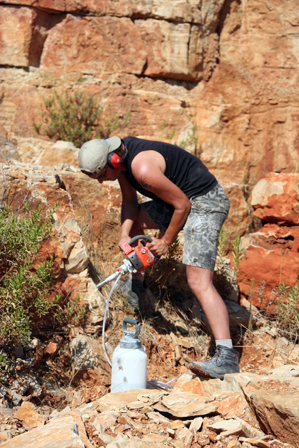

I like quarries. Nothin' but rock, mud and water. And the occasional geologist.

Outcrop after sampling. With typical sedimentation rates in carbonates, every sample is some hundreds to thousands of years in age different from the adjacent one, and we can sample secular variation this way.
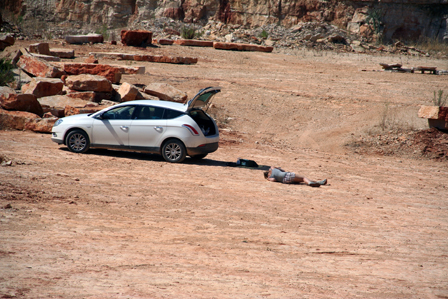
WHAT HAPPENED!

Ah. Marily, measuring bedding (I guess that's why they call it bedding)

This cactus grew on top of the cliff we were sampling and bombarded us with its fruits...

Hence: helmet time!

Collecting cores
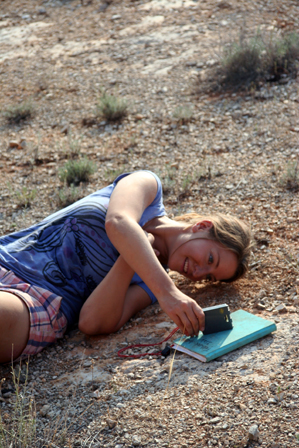
Marily, going back to bedding
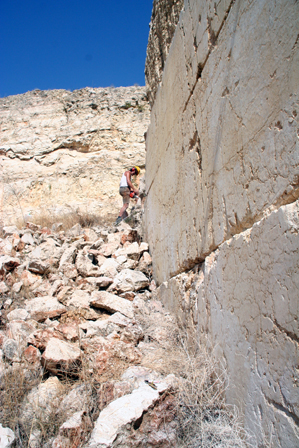
Poking holes in polished rudist limestones
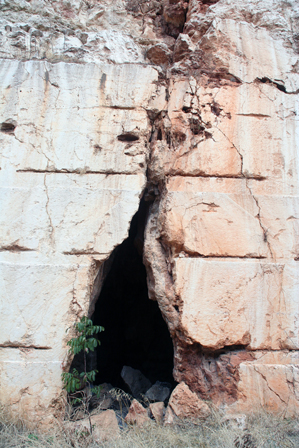
The quarry cut through a cave :)
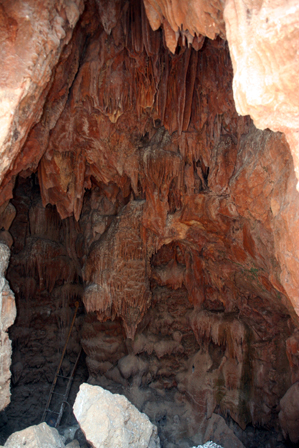
A pretty cool cave as well!

The beautiful city of Ostuni

Marily trying to break a pussy riot
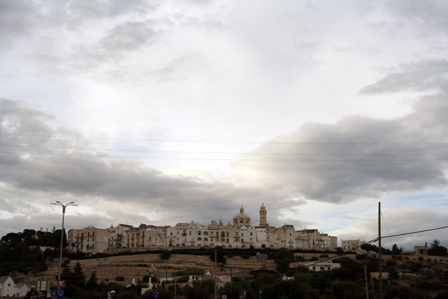
Another town on a hill-top: Locorotondo
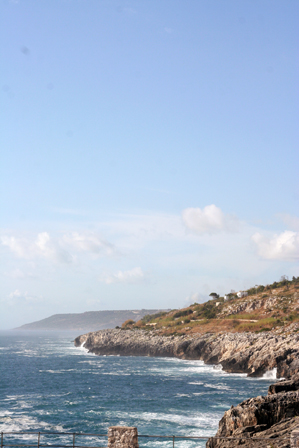
The beautiful coast of Salento. What you're seeing is a horizontal carbonate platform, with its ramp (i.e. the slope towards the left). This situation has prevailed for the last 65 million years, with reefs building up during sea level highs, and erosion in times of sea level lows.
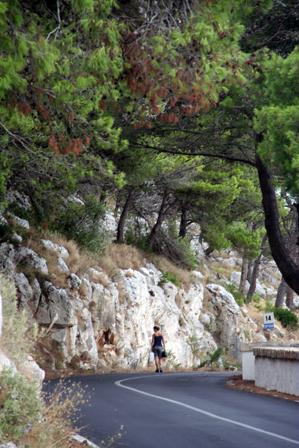
Marily, deciding where to drill
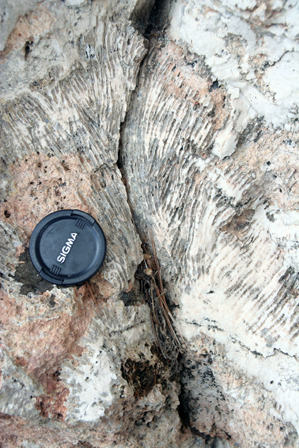
Lense cap. Coral for scale.

Marily, drilling coral
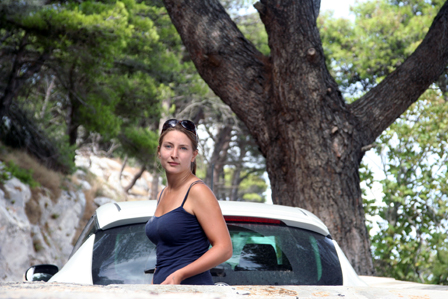
viewing

view
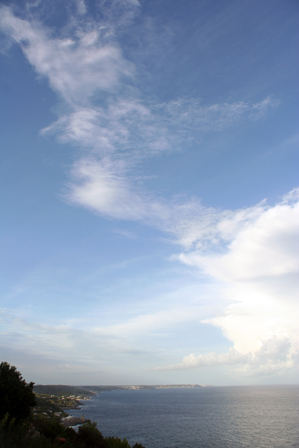
viewer
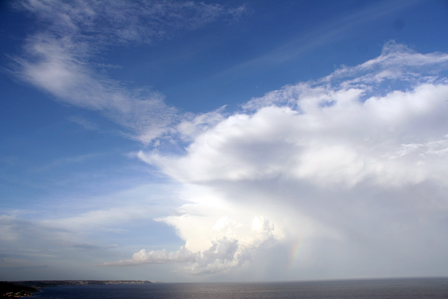
viewst

After the trip, we spend a day on the Gargano promontory...which is next door to paradise
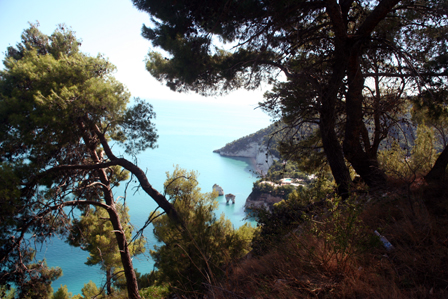
...
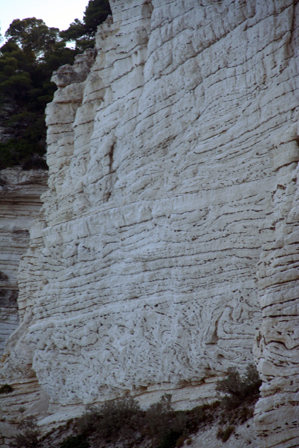
With great beack outcrops :) I'm sure I'll find an excuse to return someday!